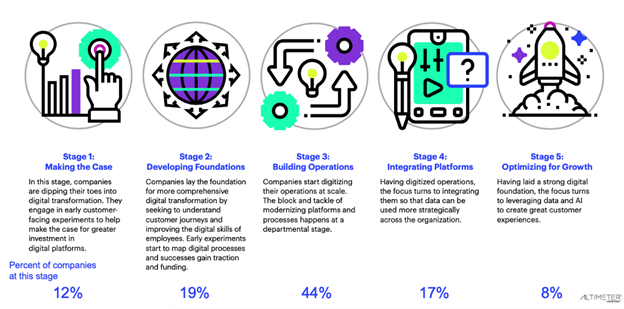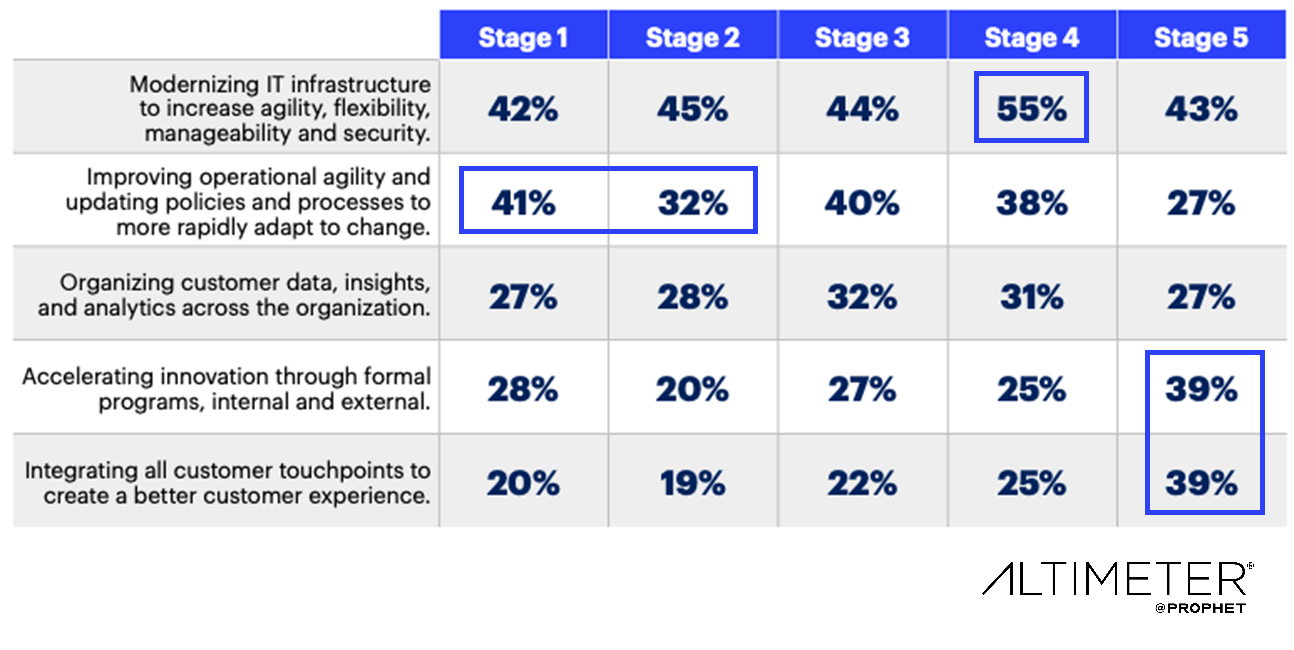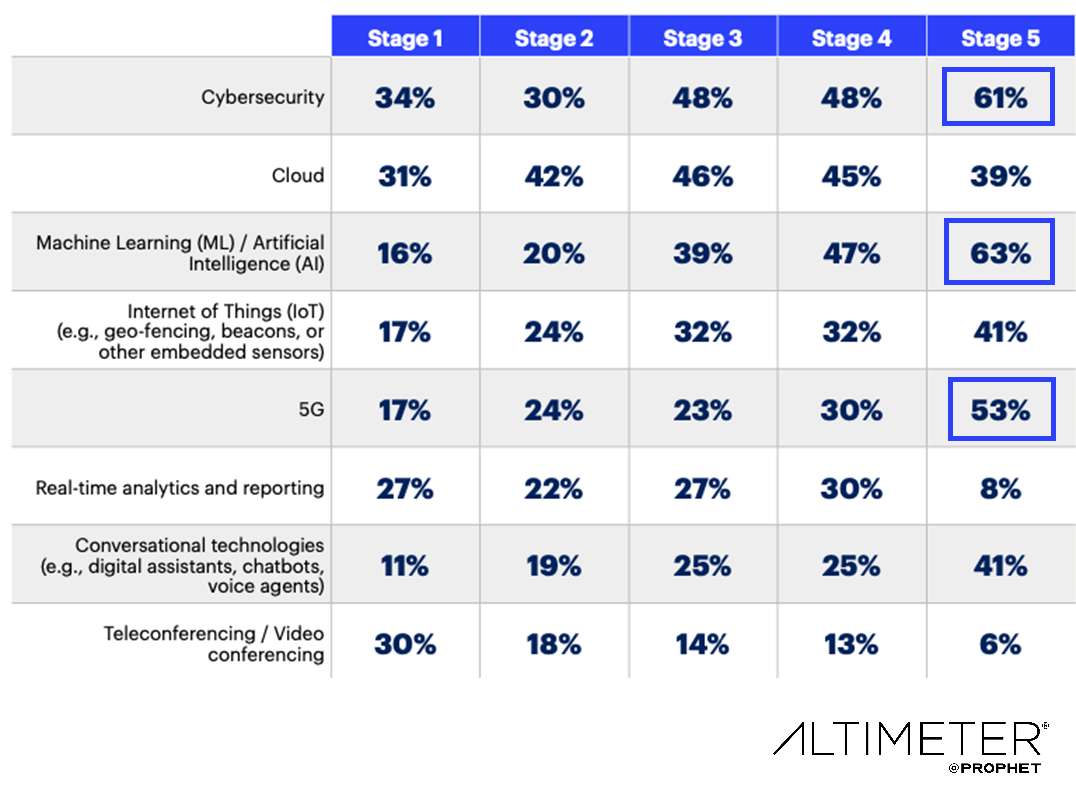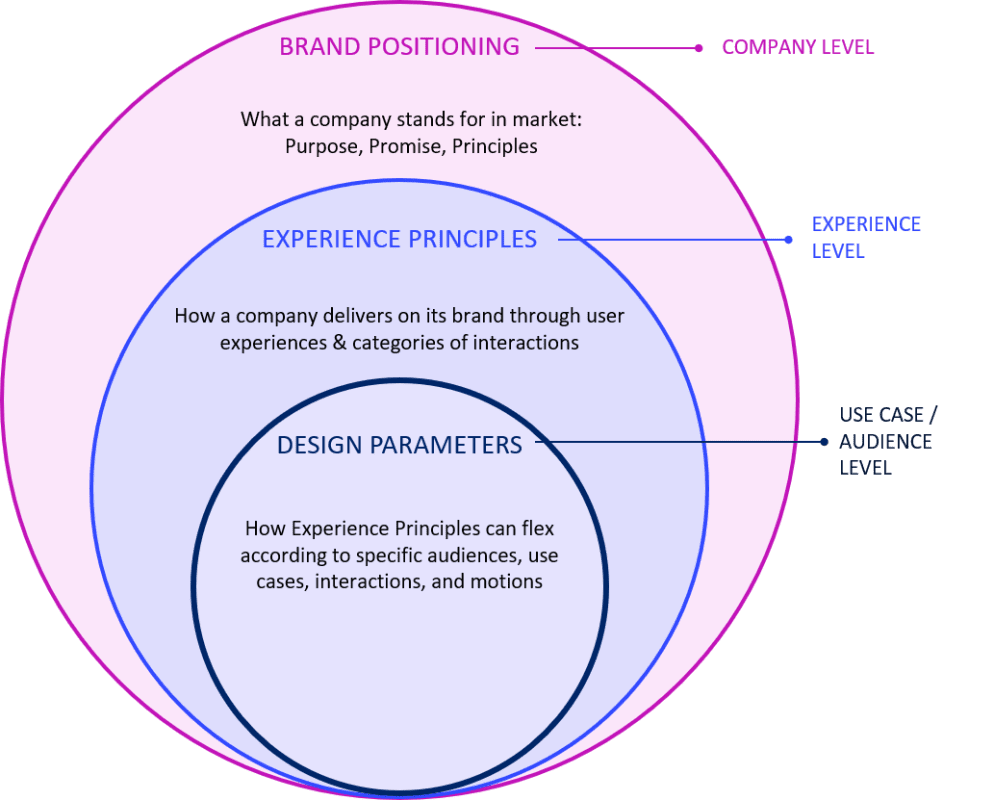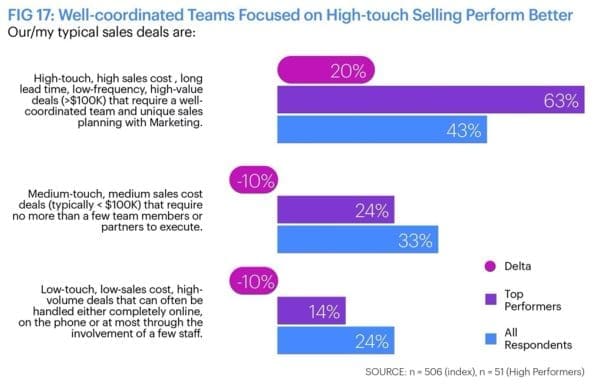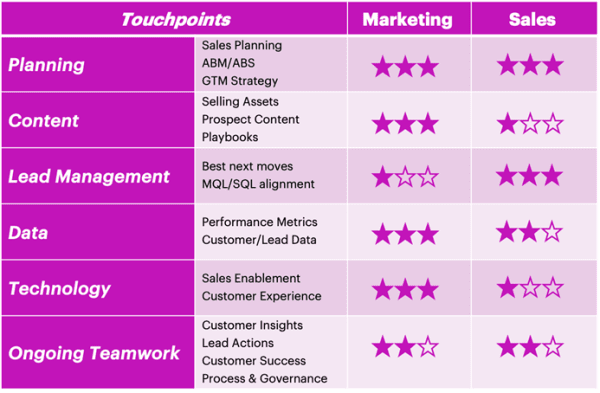BLOG
Why Leaders Should Turn to Historically Feminine-Coded Traits
Trust, compassion and the ability to collaborate used to be dismissed as weakness. We need them more than ever.
In the last year, between a renewed focus on racial injustice and the reality of a global pandemic, we have been challenged on our perspectives of ‘business as usual’ – including what we consider great leadership. We believe this is an opportunity to embrace – and prove – that a different way of leading is here to stay and we’re better off for it.
It is well-documented that we perceive leadership traits to be either more masculine-coded or more feminine-coded. For example, we associate being collaborative, cooperative or nurturing as feminine-coded, while being analytic, authoritative or ambitious is more masculine-coded. This “coding” has led to bias that has not historically supported women advancing in leadership. Amongst other things, this is because traits that are more traditionally feminine-coded, while seen as advantageous, are viewed to be “bonus” or “plus-ups” for leaders, versus being the core attributes required for success.
“In times of crisis, we look to our leaders for trust, compassion and collaboration— leadership dimensions that are all feminine coded.”
Enter the era of COVID, where we suddenly saw traditional models of leadership upended. The pandemic environment is highlighting the tremendous, and even mission-critical, benefit that more feminine-coded traits bring to the table. In times of crisis, we look to our leaders for trust, compassion and collaboration— leadership dimensions that are all feminine coded. (For more on this, there are many research studies to be found, but here and here are a couple of notable ones).
This might be why we have seen so many articles with titles like “Why Do Women Make Such Good Leaders During COVID-19?” But closer inspection shows us that it’s not just female leaders, it’s all leaders—regardless of gender—that are finding success in the current pandemic by exhibiting these historically feminine-coded traits.
No matter our gender identification, we can, and should, all lean into these more historically feminine-coded traits to have a critical impact. We see examples of this all around us right now, and they offer blueprints for better, more effective leadership:
Trust
Driving trust through transparency and focusing on facts have already been critical to strong leadership. However, a demonstrated comfort with uncertainty is one dimension of trust that has revealed itself at this moment. Gone are the days of defining leaders by their total certainty in what’s to come—vulnerability might, in fact, be the new marker of confidence. From German Chancellor Angela Merkel’s science-led explanations (that still acknowledge what’s unknown) to New Zealand Prime Minister Jacinda Ardern’s plainspoken Facebook briefings to San Francisco Mayor London Breed’s calm, early response, we find enormous comfort in a focus on known facts with a transparent acknowledgment of what we don’t know.
Compassion
During an election season filled with pain and uncertainty, President Joe Biden and First Lady Jill Biden showed compassion and empathy at each turning point. They found ways to connect with voters over a shared sense of loss rather than just focusing on what the Biden administration would do if elected. And by speaking so candidly about their tragedies, Biden was able to impact compassion, empathy and resilience as a human first, and as a leader second. Regardless of what political affiliation, he created a level of connection through this in a way perhaps historically “strong” leaders may not have and gave a sense of hope from the top-down.
Collaboration
Our historical views of a strong leader probably more often emphasized being a lone warrior, but it’s a willingness to listen to many different voices and to bring teams into decision-making that is providing comfort and calm in this environment of unknowns. Synchrony CEO Margaret Keene (long known for her inclusiveness) has explicitly noted how leaders must solicit and listen to many voices to successfully navigate the crisis. You can see her doing this, looking to external expertise to inspire and support her bold decision making, bringing in outside mental health support for employees and holding weekly company-wide calls with an infectious disease expert. She’s both leading the way and working with others to do so.
Airbnb CEO Brian Chesky has been commended on the company’s handling of their recent layoffs. And in it, we can see elements of all of the above. He provides the facts about what went into the decision-making, and also, the unknowns remaining. He demonstrates empathy for his team and the pain this situation brings. And he builds and strengthens his community, calling on everyone to work together to support the exiting employees. He is leaning into all of these more feminine-coded traits to be a strong leader.
FINAL THOUGHTS
With all of the terrible things COVID has wrought, we also see many good things happening— clearer skies, an increase in kindness and the rapid digital transformation of businesses. We can only hope this revelation will be one such advancement: that our template for leadership becomes a more balanced aspiration, one that women and men alike can see themselves achieving.
As leaders at Prophet, we’ve been actively working to embed all of these traits into the way in which we work with our team. Have we done everything right? Probably not. But we’d like to believe that we, too, are making progress in learning the type of leadership skills and styles that will not only help us wade through the current crisis but make Prophet come out stronger on the other side. We hope all of you are doing the same, challenging traditional views of how we work together and finding ways to embrace a new, more inclusive normal.
At Prophet, we work with leaders across industries who are transforming businesses and growing their leadership skills to meet a new world. We believe that many voices and perspectives strengthen our work and the work of our clients, and we work internally and externally to advance inclusivity in leadership. If you have thoughts, comments, or questions related to these topics, please get in touch.






